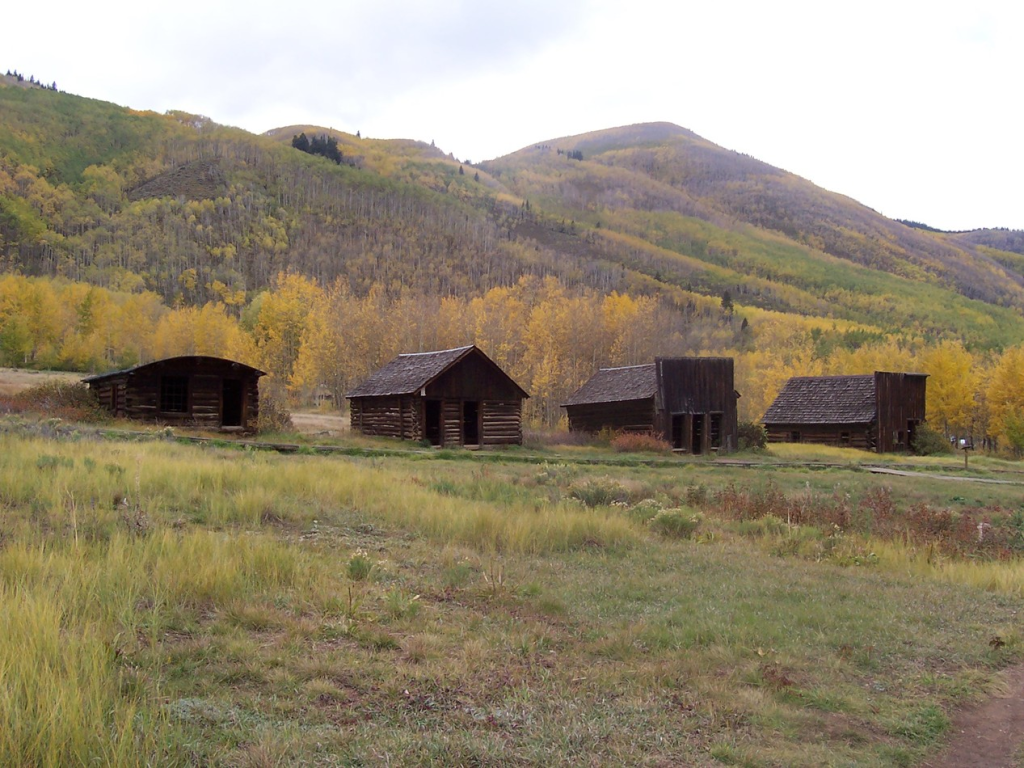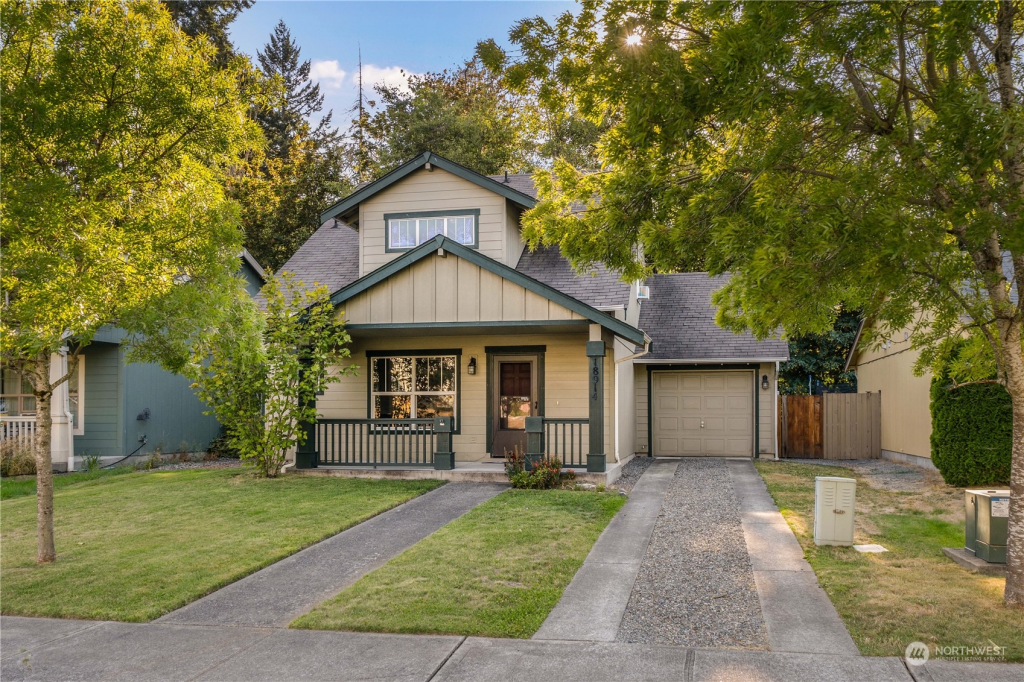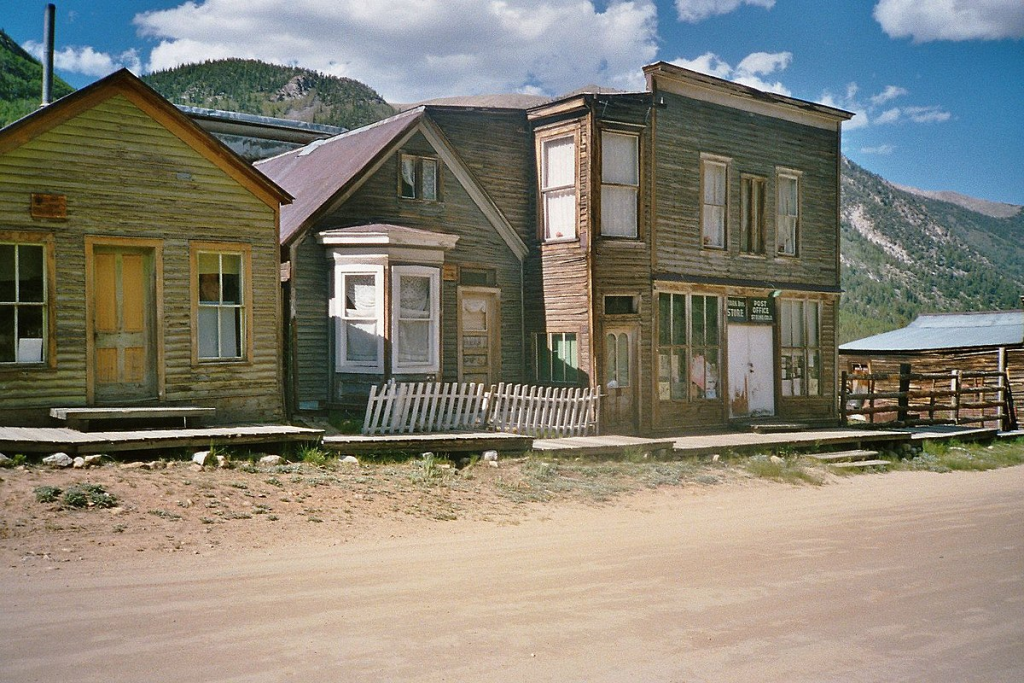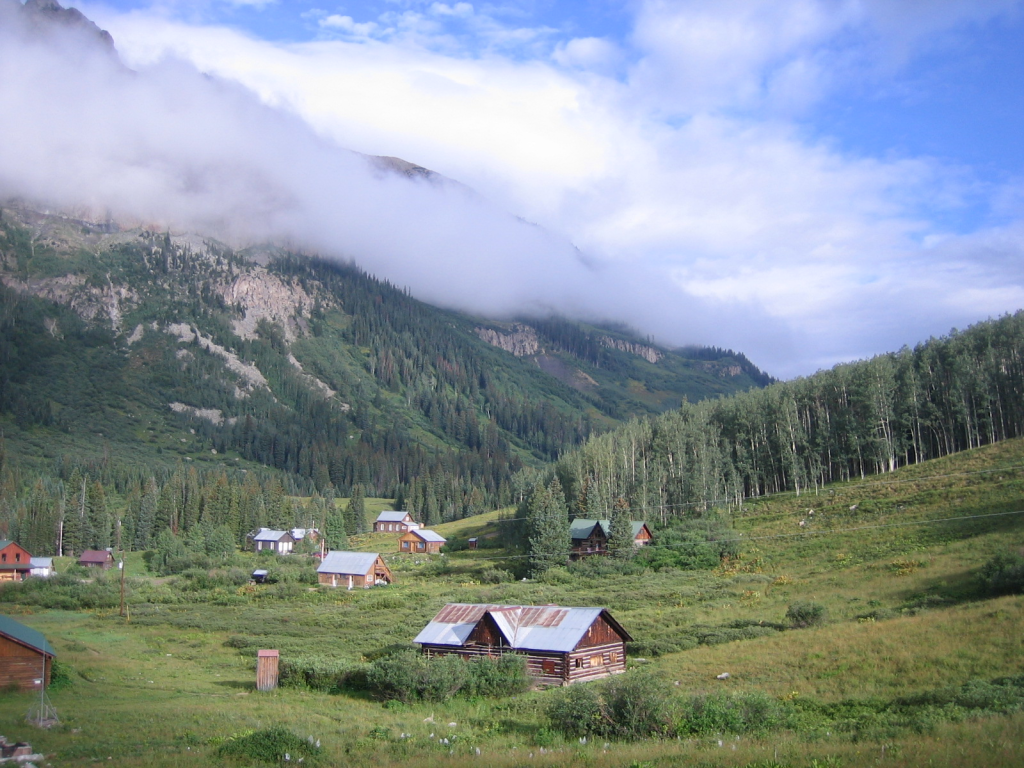Discovering abandoned places in Colorado offers a glimpse into the past, where forgotten stories and mysteries lie waiting to be uncovered. From eerie ghost towns to derelict mines and forgotten buildings, these abandoned sites tell tales of the state’s rich history. Exploring these places provides a unique opportunity to step back in time and imagine what life was like decades ago.
In this article, we’ll delve into some of the most fascinating abandoned locations scattered across Colorado, each with its own intriguing story to tell. Get ready to embark on a journey through time and explore the forgotten corners of the Centennial State.
13 Abandoned Places In Colorado
Explore the eerie beauty of Colorado’s abandoned places, each with its own haunting tale. From the ghost town of Ashcroft to the decaying remains of the Sunnyside Mine, these forgotten sites offer a glimpse into the state’s rich history and mysterious past.
#1. Houses in Ashcroft

“Until 1882, Ashcroft was a mining town that was first called Castle Forks City and then Chloride. It was ten miles south of Aspen, Colorado, USA.” A few houses still stand as reminders of the town’s past. (from Wikipedia)
#2. Capitol City

“There used to be 400 people living in this Colorado ghost town. Its founders wanted it to become the state capital.” There are still the brick kilns, the post office, and some sheds. (from Wikipedia)
This is one of the most interesting abandoned places in Colorado, as you may have guessed.
#3. House in Eatonville

The town of Eatonville was in eastern Colorado from about 1880 to 1935. It has been taken out of the equation. Over time, people from Colorado Springs have moved into the area where it used to be. The old town borders are now in El Paso County, near Black Forest, in the Colorado Springs metro area. (from Wikipedia Commons)
#4. Sunnyside Mine

The Sunnyside Mine in Colorado has been on and off since the late 1880s. Its underground shafts, halls, and tunnels have caused a lot of damage to the land around it. There are a lot of different areas in the mine. It covers the land between the beginnings of Eureka Creek (where the top portal opens at about 12,000 feet) and Gladstone (where the bottom portal opens at about 10,000 feet). The mine’s top wasn’t close to Silverton, Eureka, Animas Forks, or Gladstone, so a high-altitude tramway was built to bring the valuable ore down the rough mountain to lower levels where it could be processed at the Sunnyside stamp mill. — from photographer Mitch Zeissler
#5. St. Elmo

“The American town of St. Elmo is now empty and is in Chaffee County. Saint Elmo is in the middle of the Sawatch Range, 20 miles southwest of Buena Vista, and has been around since 1880. It is 9,961 feet above sea level. When the gold and silver digging began, almost 2,000 people moved into this town. In the early 1920s, the mining business began to shrink, and in 1922, the railroad stopped running its services. The neighborhood is called the St. Elmo Historic District on the National Register of Historic Places. It is one of the best-kept ghost towns in Colorado. (from Wikipedia)
#6. Meatpacking Bridge

The report didn’t say anything else, but this is one scary Colorado spot we’d rather forget. There’s a good chance that this is one of the most spooky abandoned places in Colorado!
#7. Rocky Mountain Biological Laboratory

Editor’s note: Rocky Mountain Biological Laboratory has been removing old, empty houses and building new ones over the years. There may not be many of these left.
“RMBL was started in 1928 on the ruins of a Gothic, Colorado, mine town that had been shut down. About 160 people are living there during the summer work season. Over 1,500 research papers have been based on work from the Laboratory. About 30 to 50 papers are published each year. (from Wikipedia)
#8. Argo Tunnel

“The Argo Tunnel continued to drain acidic water from the mines even though it wasn’t being used anymore. It was also known as a major source of dissolved metals in Clear Creek.” In May 1980, a big wave of water came from the mine and colored Clear Creek orange for a long way following it. A roof collapse somewhere in the tunnel blocked a lot of water behind it, and then it suddenly gave way, causing a brief big rise in flow. (from Wikipedia)
#9. A Shack in Animas Forks

It was in 1873 that the town’s first log house was built. By 1876, the area was a busy mining town. A hotel, a grocery store, a saloon, and a post office were in the town at that time. In 1883, 450 people were living in Animas Forks. In 1882, the Animas Forks Pioneer began publishing and ran until October 1886. Every fall, a lot of people from Animas Forks moved to Silverton, which was warmer. People in 1884 had to dig tunnels to get from one building to another during a 23-day blizzard that dumped 25 feet of snow on the town. The growth of Animas Forks was helped by mining, gambling, and processing mills. (from Wikipedia)
#10. Mine in Climax

Climatex was a mining town in Lake County, Colorado, USA, that was not a city and used to be a U.S. Post Office. A big molybdenum ore find is what Climax is known for. Climax is about 11,360 feet above sea level and is on the Continental Divide. It was the highest place where people lived in the United States. It also had the highest railroad stop and the second-highest Post Office in the country. Before 1965, all of the homes were moved to the West Park neighborhood in Leadville, Colorado. Only the mining buildings are still standing. (from Wikipedia)
#11. Roadhouse in Como

“A stone roundhouse with six stalls in Como, Colorado. The building was made around 1880 and was used by the Denver, South Park, and Pacific Railroad. (from Wikipedia)
#12. Mill in Crystal Mill

“The ghost town of Crystal is in a valley on the upper Crystal River in Gunnison County, Colorado, USA. It is on a four-wheel-drive road that goes from Marble to Crested Butte.” Many of Crystal’s houses are still there, but the few people who live there only come in the summer. (from Wikipedia)
This Colorado abandoned site might be the most beautiful one we’ve seen so far.
#13. Old Building in Deerfield

“Deerfield is a ghost town in Weld County, Colorado, United States. It used to be a mostly black neighborhood.” Fort Collins is 30 miles to the east. Olive T. Jackson built the town because he wanted to make a colony for African Americans. Jackson, a wealthy businessman from Boulder, filed on the farm that would become a town in 1910 and started marketing it for “colonists.” Dr. J.H.P. Westbrook, who was from Denver and lived in the town, came up with the name Deerfield. The word “dear” was used to base the town’s name on the fact that the land and people who lived there were very valuable to the people who settled there. (from Wikipedia)
Conclusion
Embarking on a journey through Colorado’s abandoned places unveils hidden tales of the past. From ghost towns to deserted mines, these sites echo the state’s vibrant history. Each location tells a unique story, offering a chance to imagine life decades ago. Let’s explore these forgotten corners and unravel the mysteries of Colorado’s past.
